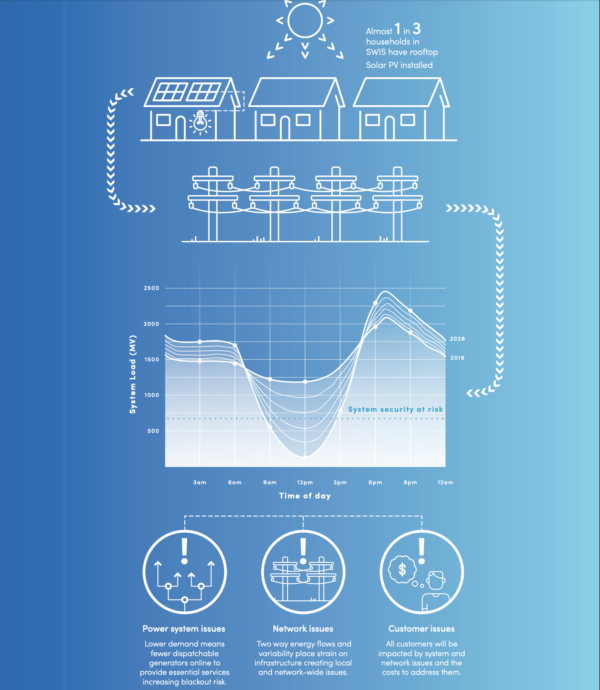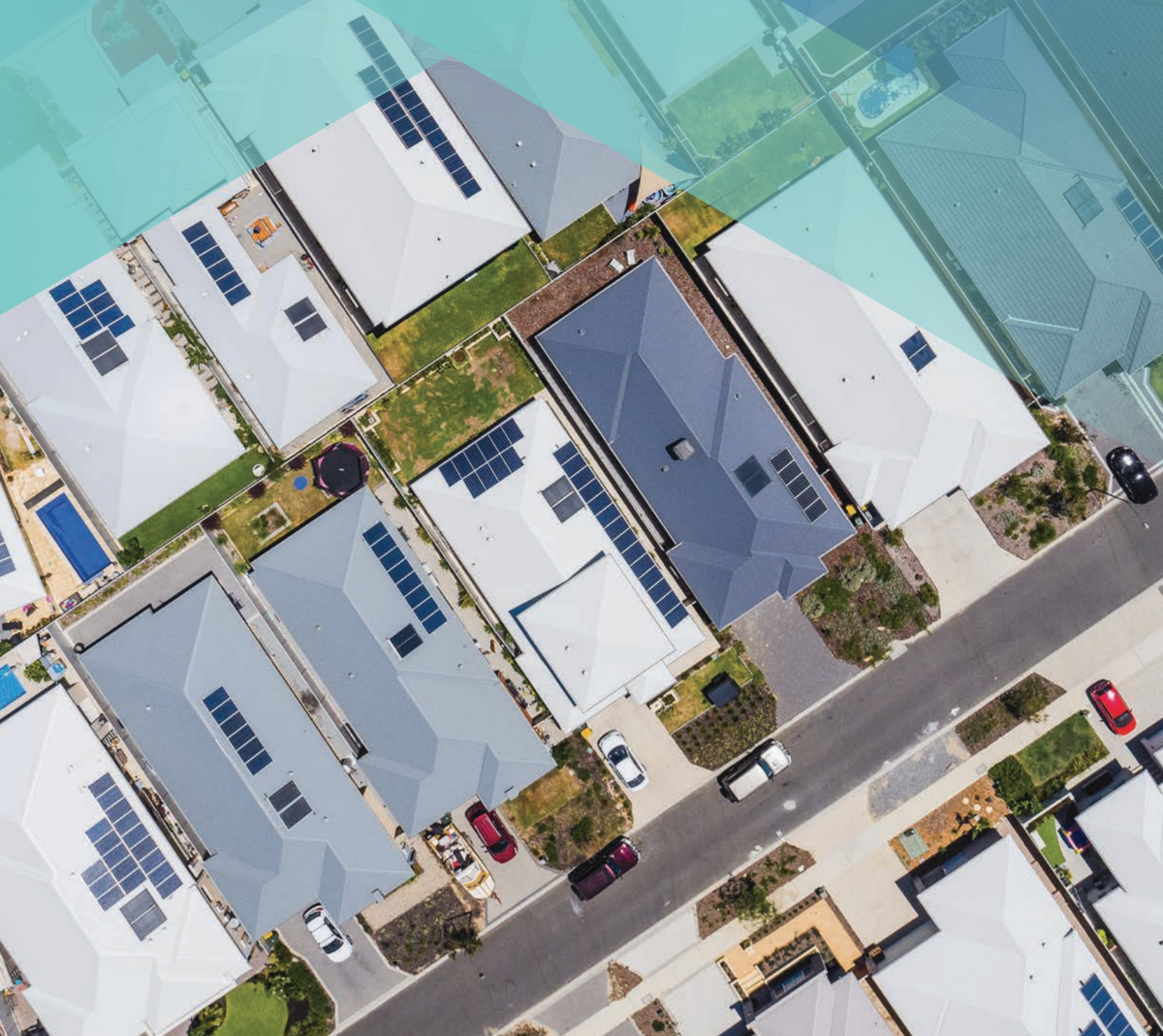As part of delivering on Western Australia’s Distributed Energy Resources Roadmap, Western Power has launched the 100MW Industry Challenge — a new pilot program to engage commercial and industrial customers in demand response and enable more flexible management of loads within the South West Integrated System (SWIS).
The Western Australian State Government-owned network services provider has partnered with Schneider Electric to help WA businesses manage both their demands on the grid and any solar generation they may have installed, to provide support for the network, and receive a financial benefit in return.
“Currently rooftop solar PV across our network has the potential to contribute up to 45% of our system needs at certain times of day,” said Western Power CEO Ed Kalajzic in a statement.
“This project aims to demonstrate how both our customers and the network can realise value by using customer-owned distributed energy resources in balance with traditional network solutions,” he added.
The Western Australian energy system faces significant challenges in managing the two-way flow of energy between the grid and distributed rooftop solar.
How to prevent the duck curve from quacking the system
On days when the temperatures are mild and the sky is clear, one in three WA households is generating energy from solar PV that is largely being exported to the grid, because household demand doesn’t match generation during the middle of the day.
“When this occurs,” says the 100MW Industry Challenge announcement, “it can result in variance between increasing supply and decreasing demand for energy”, known as a ‘system low’, which threatens stability of the network.

Image: WA Energy Transformation Taskforce
Released in April, Western Australia’s DER Roadmap was prepared by an Energy Transformation Taskforce to identify challenges to the rapidly transitioning state electricity network, and formulate a path towards successful integration of resources, and fair distribution of benefits to all energy consumers.
The 100MW Industry Challenge aims to deliver 100MW of non-network support that can be reliably deployed by Western Power to help smooth PV-induced network constraints.
RSVP required
A variety of commercial and industrial enterprises is invited to participate in the pilot which will run for 12 months.
Energy users and PV generators will sign up to voluntarily shift their energy usage/generation to help balance anticipated ‘system low’ events in return for financial reward for these flexibility services.
Visibility over the interactions and measurement and verification of services provided will be managed by Schneider Electric’s Energy Profiler Online (EPO) cloud-based software system.
“Everybody wants more renewables on the grid,” James Colbert, Schneider’s Regional Director of Smart Grid Services in the Pacific zone told pv magazine. “However, the majority of the infrastructure is quite old, so how do you make the system intelligent, without rebuilding all the infrastructure?”
EPO, which has been deployed by major utilities such as Duke Energy, in the US, allows customers and energy retailers or network service providers to track load patterns over time, identifying opportunities to modify their energy behaviours.
Data from the pilot will help Western Power understand the benefits that DER orchestration can provide to the grid, and guide development of alternative tariff structures that demonstrate value to consumers who can shift their electricity use towards the middle of the day.
A multi-faceted approach
It complements the rollout by Synergy, the state’s largest electricity generator and retailer, of community battery storage; a large-scale pilot program which allows residential customers to store the excess solar generated by their rooftop systems during the day for use whenever they most need it.
These PowerBanks are envisaged to also better match generation with demand, and bypass the expense of behind-the-meter battery installation at every solar-generating property, with users of the storage paying only a very small daily fee for the ability to use their self-generated power when they need it.
“Western Power is certainly at the forefront of working out how to manage its DER,” Colbert tells pv magazine. “There are not many distribution system operators who have really opened up and said, ‘Hey, we want you to be an active participant.’ It’s a really good opportunity for businesses to confidently engage and be rewarded for doing so.”
By 2025, WA’s DER Roadmap envisages distributed energy resources playing an integral role in the operation of the electricity system.
It says, “This will lead to … the introduction of innovative ‘DER aggregators’ to the system” and “The development of mechanisms that allow DER to provide these services and receive payment will open up new value streams for customers, and lower system costs.”
This content is protected by copyright and may not be reused. If you want to cooperate with us and would like to reuse some of our content, please contact: editors@pv-magazine.com.









By submitting this form you agree to pv magazine using your data for the purposes of publishing your comment.
Your personal data will only be disclosed or otherwise transmitted to third parties for the purposes of spam filtering or if this is necessary for technical maintenance of the website. Any other transfer to third parties will not take place unless this is justified on the basis of applicable data protection regulations or if pv magazine is legally obliged to do so.
You may revoke this consent at any time with effect for the future, in which case your personal data will be deleted immediately. Otherwise, your data will be deleted if pv magazine has processed your request or the purpose of data storage is fulfilled.
Further information on data privacy can be found in our Data Protection Policy.